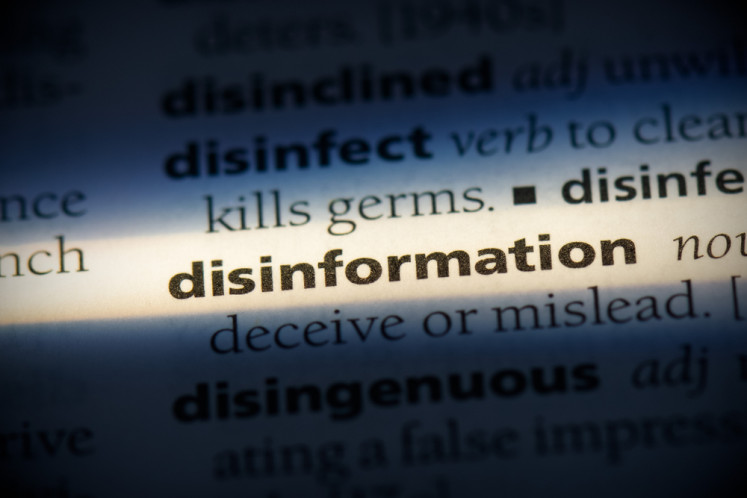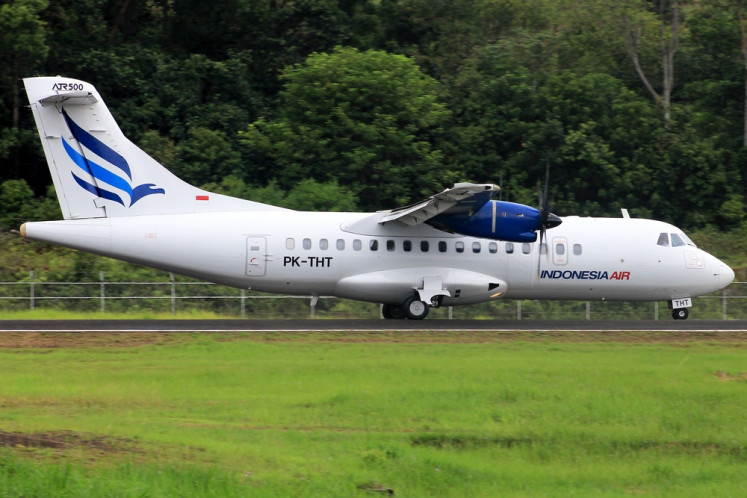Popular Reads
Top Results
Can't find what you're looking for?
View all search resultsPopular Reads
Top Results
Can't find what you're looking for?
View all search resultsTolerance at a molecular level
As a country that has a diversity of religions and races, Indonesia is vulnerable to conflict
Change text size
Gift Premium Articles
to Anyone
A
s a country that has a diversity of religions and races, Indonesia is vulnerable to conflict. Many people are now prone to hate, underestimating others and prejudice concerning social and religious conflicts, all of which threaten the existing harmony.
So many experts have made arguments to solve the conflict and most of them have taken social and religious perspectives in examining their solutions.
In my view, this approach will not lead to a better condition because everyone’s mind has already been socially grouped by their upbringing. For example, the liberal underestimate the conservatives and vice versa. It is an unending debate.
Natural science offers an interesting perspective on perceiving differences. Indonesian prominent biologist Prof. Antonius Suwanto has an interesting concept regarding this. In his paper Genetic Diversity and Human Preference, he implies that humans — and other living organisms — have a natural tendency to become varied. This, he says, is because we reproduce sexually.
Biologically, sex is a tool for nature to mix the natural characteristics of the parents to create a new and different baby in the world.
These new genetic characters are important for our species because they benefit the human species’ ability to deal with natural selection. To make it clear, just imagine a butterfly species whose genetics allow for the possibility of their wings to be either black or white, and a species whose wings are always white.
When the two species live in a polluted area that makes the tree trunks darker, the former species will survive because a portion of that population’s wings are black. But the latter will be eliminated from nature because their wings are white, and therefore are easily spotted in their natural habitat by predators.
To link this back to the human world, diversity is not only about the color of one’s appearance like as in the example of the butterfly species. It is about the diversity of many aspects, such as the diversity of vulnerability to disease, skin adaptation, drug resistance, etc. Thus, diversity is beneficial because it helps our species to survive.
In addition, the difference between human ethnicities is actually very small. Of all of our genetic makeup, called the genome, the difference between West African people and Indonesian people is less than 1 percent.
This is such an enlightening fact because we are all “macroscopically” different from West African people in many ways, such as our culture, language, and even social and religious preferences.
We see the same pattern when we compare ourselves to other ethnicities around the globe, such as Eskimos, Scandinavians, etc. Prof. Antonius calls this similarity as at the molecular level.
In the world of cells, we are all the same and different in beneficial ways. We all live by this harmonious system.
Whatever our social and religious preferences, we should perceive other humans with respect and tolerance, because that is how we naturally perceive differences.
Thus, I believe, by educating people that differences are merely the variation of gene expression, which enables our species to survive, I think social conflicts can be minimized.
The writer is a science journalist.










